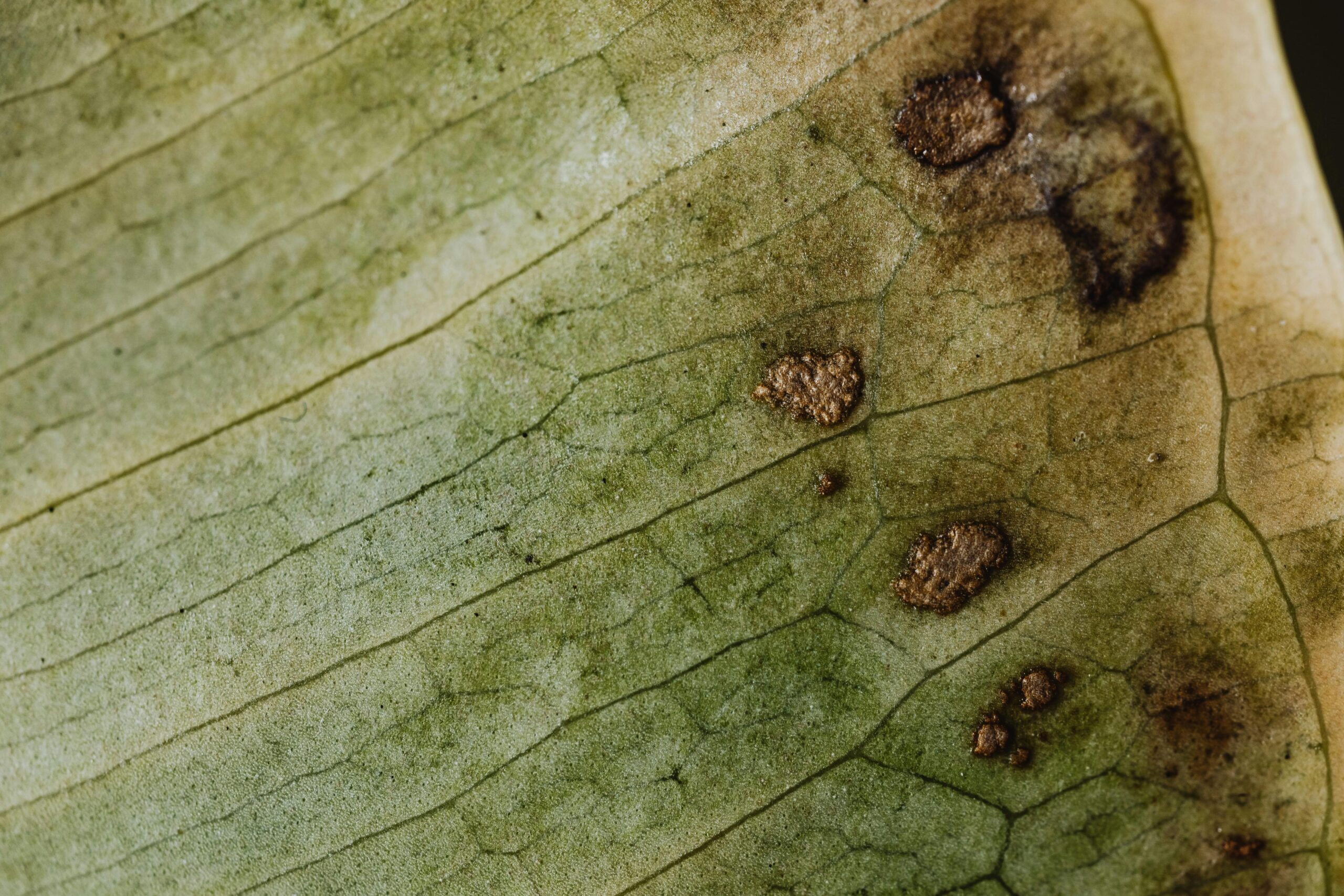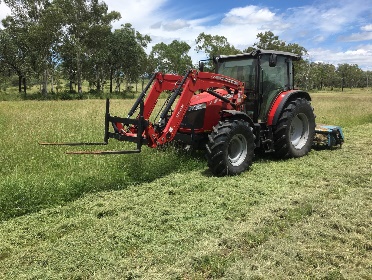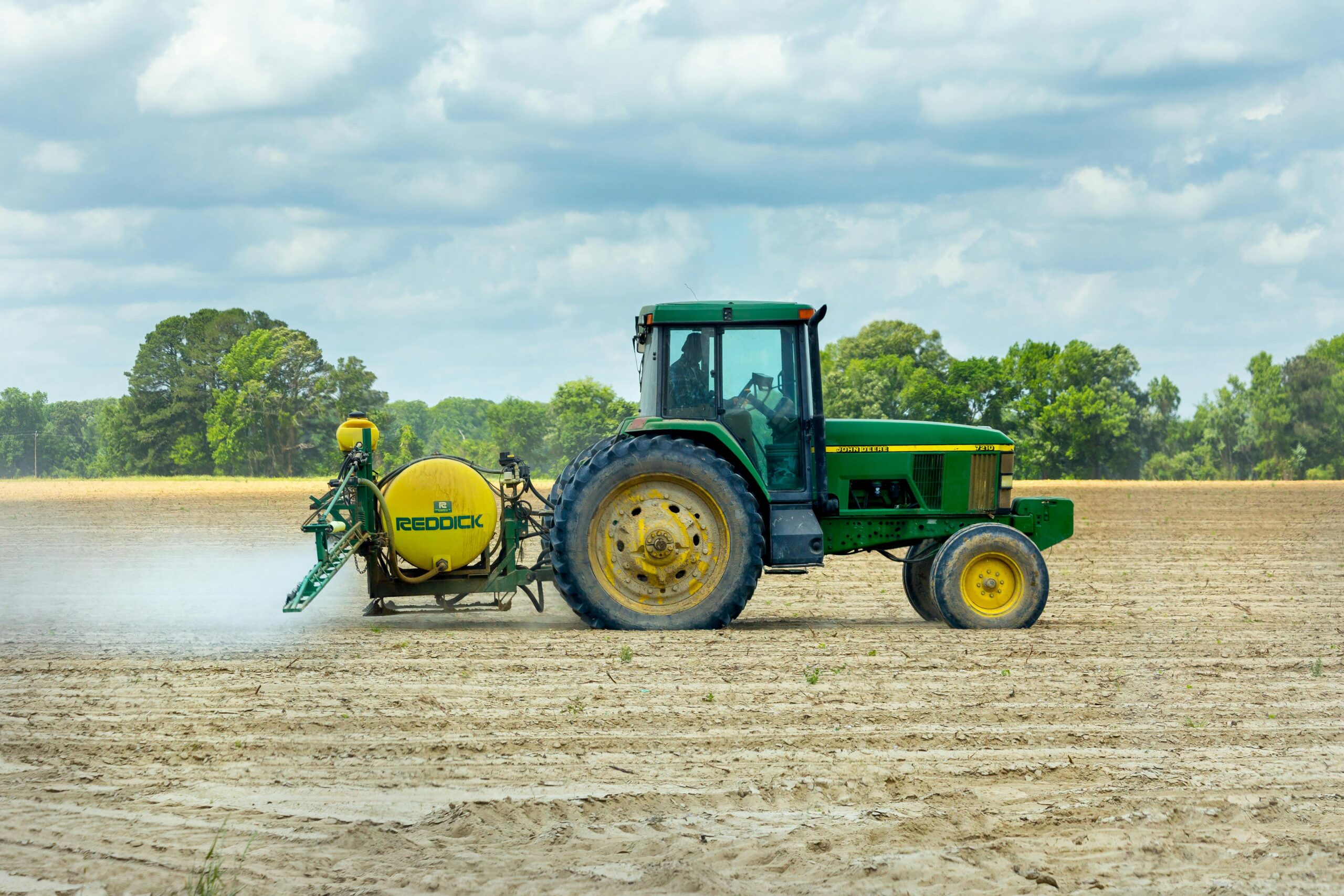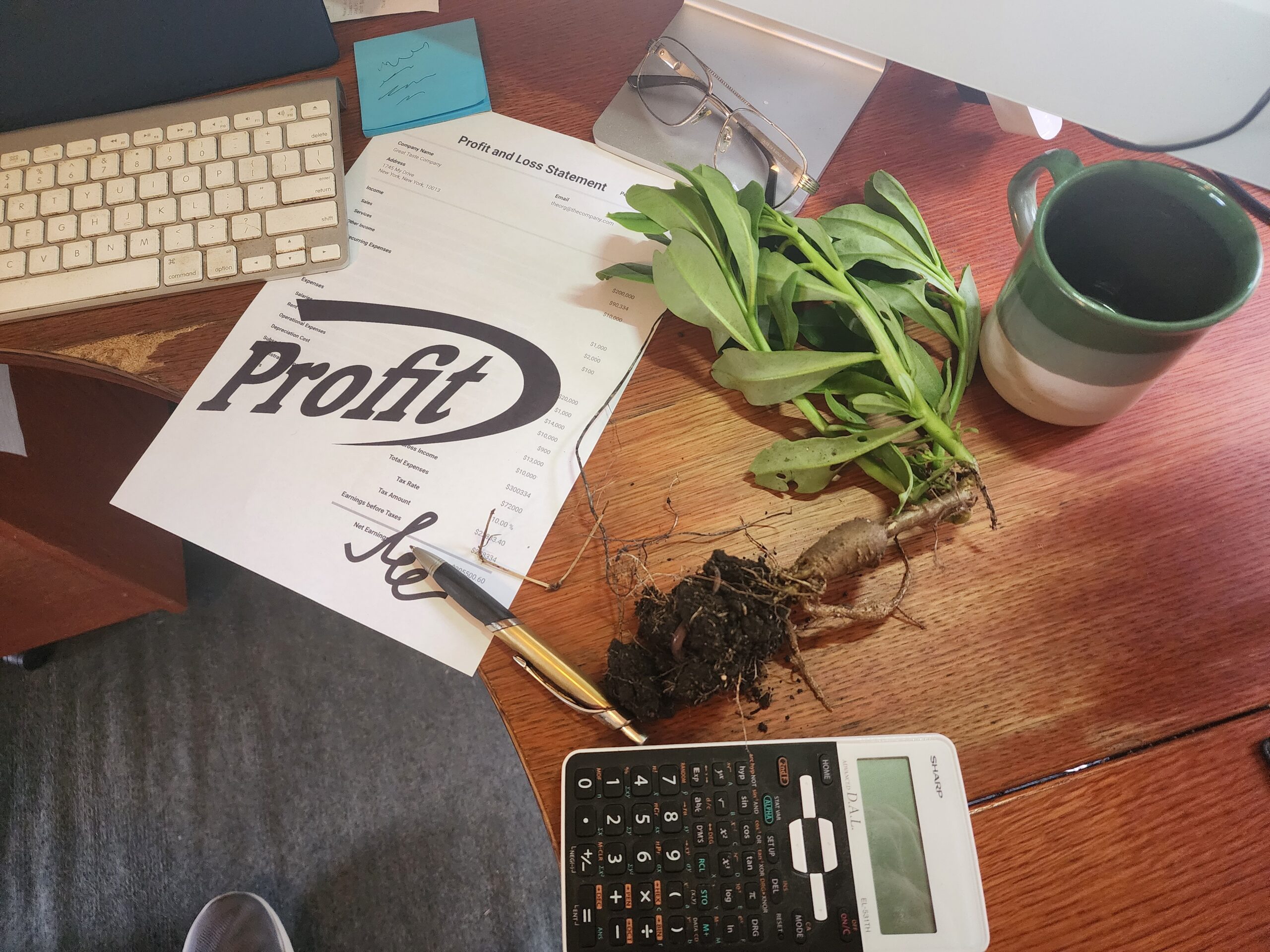Author: Peter Van Beek
-
Introduction to growing your own Soil BioBooster
BioBooster is a very high concentration of soil microbes in water. It is used to revitalise soil biology, where that has been severally reduced by the widespread use of artificial chemicals in agriculture. BioBooster is based on healthy local soil and grown at home or on the property. It can be grown when needed and…
-

An Introduction to Sea minerals
Seawater contains almost every mineral that exists in the world. In Australia, table salt (sodium chloride) and Potassium chloride are extracted from it by letting the sun evaporate much of the water in huge flat bays at the coast. As a result, the concentrations of sodium and potash reach high concentrations and crystallise out first. Most…
-

An Introduction to the Plant Health Pyramid
The plant health pyramid is a framework that explains the links between the health of a plant and its requirements for nutritional and biological support. It was developed by John Kempf and was presented as a talk in 2021 which can be found on YouTube. It highlights that a plant needs minerals from the soil…
-

Building Crop Immunity: Understanding the Plant Health Pyramid
Lets explores the Plant Health Pyramid, an approach that helps farmers and agronomists strengthen plant immunity against diseases and insects by carefully managing plant nutrition and soil biology. It combines practical examples, science-based explanations, and key concepts on how balanced nutrition and robust soil ecosystems make plants naturally resilient. Why Focus on Plant Health? Modern…
-

The Basics of Building your own Wicking Beds
Wicking beds can be purchased, but many sold as ‘wicking boxes’ do not actually wick. Before buying, read our article on the countless ways to make wicking beds and make sure to watch out for many of the common misconceptions and design flaws of commercialised and popularised wicking beds. Proper wicking beds are easy to make. Any container…





